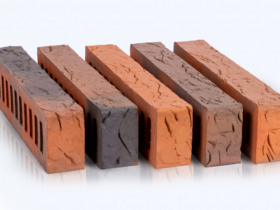Very often, when developing floodplain sites or talwegs of ravines, there are remote controls of peat sometimes, which creates great difficulties in their development. Due to the high humidity and compressibility of peat, there is a real danger of squeezing it out of the foundation and, as a result of excessive and uneven sediments or even drawdowns, entailing large deformations of buildings and structures.
The conditions for the construction of civilian and industrial buildings in the presence of peat in the thickness compressed under the foundation are dependent on many factors and, above all, on the degree of decomposition of peat, the depth of groundwater and the position of the peat layer within the compressed stratum.
The less the peat decomposed and the more it is moisturized, the more dangerous to build buildings on the soils, including the layer of peat. If the peat layer lies in the lower part of the compressed thickness, this improves construction conditions.
In cases where it is recognized that the peat layer must be cut out, they usually design a pile base. However, the pile base can be less economical than removal of peat and the use of conventional strip foundations.
We indicate the example of the construction of a number of industrial workshops within the floodplain, where a layer of 2 m thick, then peat with a capacity of 2-2, 5 m, and below the sands are fine -grained, silty, lay a layer of washed loams. Group waters lay at a depth of 3, 8-4, 0 m, and during the flood, their level increased significantly.
Under these conditions, it was recognized as rational to cut out peat, and then pour the pillow from the sand to the mark of 2 m (depth of the tape reinforced concrete foundation). The construction was successfully completed, and the erected buildings do not have deformations. .
There are cases when the so -called sandy piles were used to compact thin peat remodels alternating with fine -grained sands. A metal pipe with a diameter of 25-30 cm with a special tip is immersed in such soil and fill the sand-gravel mixture. The pipe is gradually extracted and at the same time sealing the backfill. Thus, it is possible to increase • the bearing capacity of soils.







